Tekken 8 has had a strong first year of casual enjoyment, competitive play, and new characters in its first DLC season. Several bumps came along the way, but hopefully they can be accounted for in the future to ensure Tekken 8 remains a tentpole game for Bandai Namco in the coming years. Inversely, Resident Evil had an exceptionally quiet 2024, with only a few ports quietly hitting the market. As a major pillar for Capcom, it’s strange to see this franchise take a year off, though the more likely truth is that some big Resident Evil titles are just around the corner.
Even as Tekken 8 settles in for its years of post-launch support, rumors of upcoming Resident Evil projects keep piling up. Resident Evil might have just broken a 5-year streak of releases that has been ongoing since 2019, but leaks are pointing to Resident Evil 9 drawing near with another remake in tow. There’s a decent shot that these two franchises, different as they are, could appear in the same news presentations in 2025. Not everything about Tekken’s familial fighting and Resident Evil’s horror action is incomparable, however, as one narrative approach keeps showing up in both.

Related
8 Games Featuring Leon Kennedy That Are Not Resident Evil
Though he became famous thanks to Capcom’s survival horror series, Leon Kennedy has made guest appearances outside Resident Evil.
Death In Tekken Doesn’t Often Stick
Generally speaking, Tekken doesn’t like to throw out its old work. This has contributed to consistently large character rosters with even larger move pools, ensuring that series favorites stay represented in most entries. Although stability is one of the most important things an old fighting game franchise could maintain, it has had some side effects on how Tekken‘s story treats its characters. Namely, it’s allergic to getting rid of them. Heihachi Mishima is the most obvious example, having just returned in Tekken 8 after his most convincing death yet, but multiple recurring characters in its base story mode also seem to sustain lethal injuries and recover later.
Neither Tekken’s main Mishima characters, nor its large stable of popular legacy characters, have been in danger of dying despite their occasional absences. Setting aside Heihachi, Kazuya, and Jin’s family tradition of throwing each other off cliffs, only a few regular faces dating back to Tekken’s first game have actually died. Even then, King, Armor King, and Kuma have all been given identical replacements thanks to either Tekken 3’s timeskip or seemingly self-aware soapbox drama. These characters are beloved, and, again, there’s an important gameplay motivation for all this, but it’s quite silly for fans keeping track of it.
Heroes In Resident Evil Tend To Outlive The Undead
Resident Evil could be argued to keep major characters around in an even sillier way than Tekken, owing mostly to its grittier subject matter. No long-time Resident Evil fan is going to make the case that the series is especially realistic, but unlike Tekken’s wavering between edgy melodrama and outright comedy, RE offers more schlocky but consistent horror-drama. Its bioweapon-driven death count has to be comparable to Tekken 6’s World War 3 at this point, and yet it rarely feels like the heroes of each zombie outbreak are in any real danger of dying.
Nothing Can Put Resident Evil or Tekken’s Major Players Down
Whether it’s zombie bites that turn entire cities of civilians, airborne viruses, parasite injections, ambient mold, or even Jill’s confirmed T-Virus infection, nothing seems to put anyone playable in the first few Resident Evil games down. Even RE9’s rumors point to an unnaturally youthful Jill joining Leon with Chris Redfield and Barry Burton providing backup. And looping back around to Heihachi surviving multiple volcano dips, rumors of the similarly-killed Albert Wesker returning have also spun up. With even Ethan Winters’ torch-passing death in Resident Evil Village called into question by its own ending, it’s safe to say that Tekken and Resident Evil don’t like to write out their main characters.
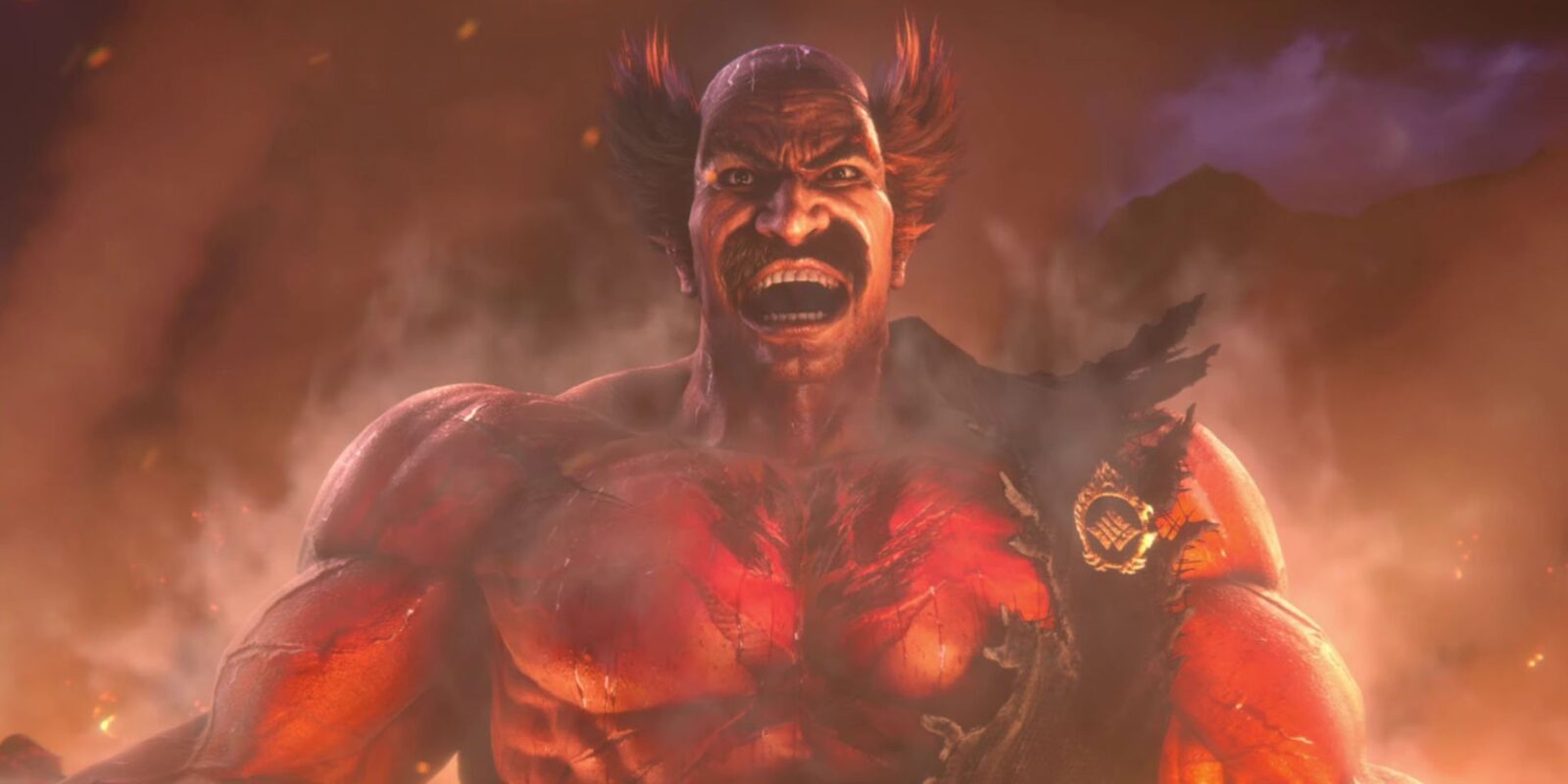
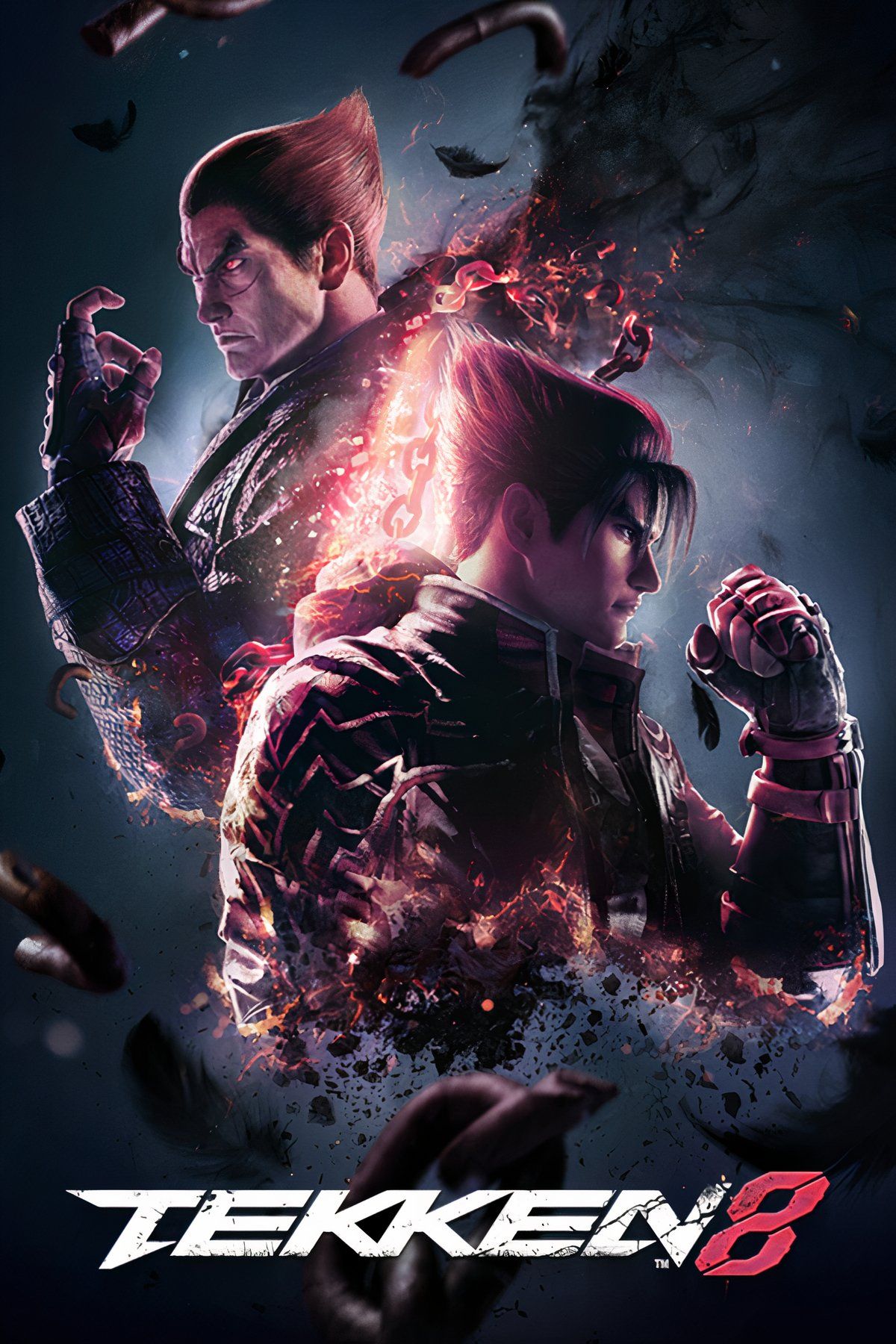



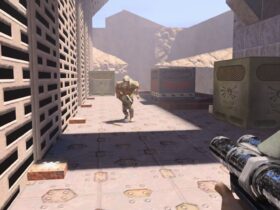

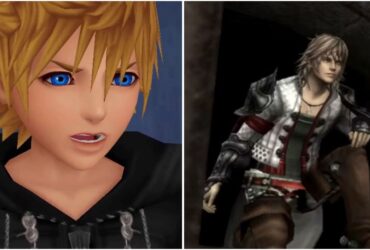

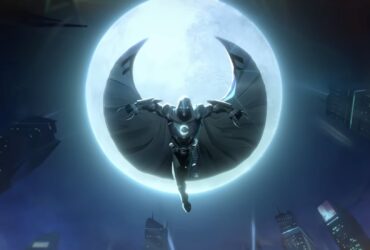


Leave a Reply